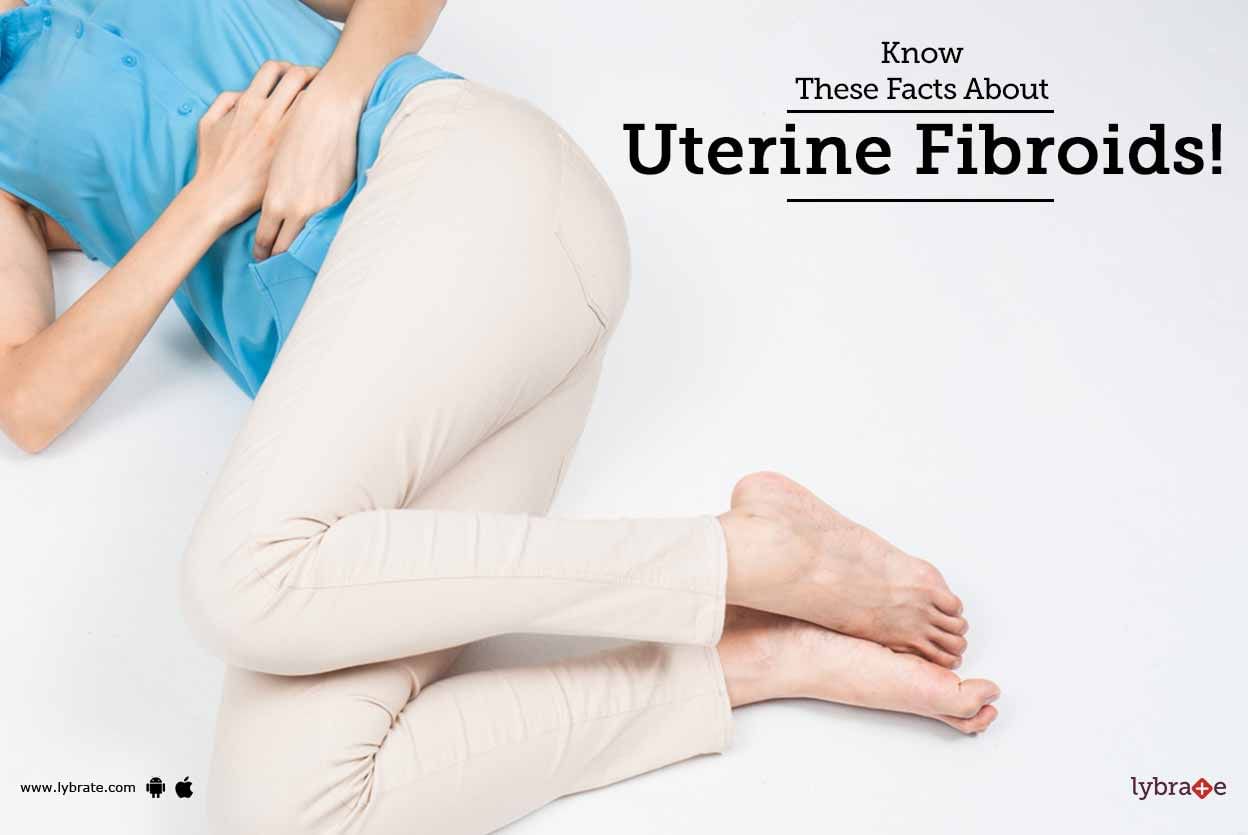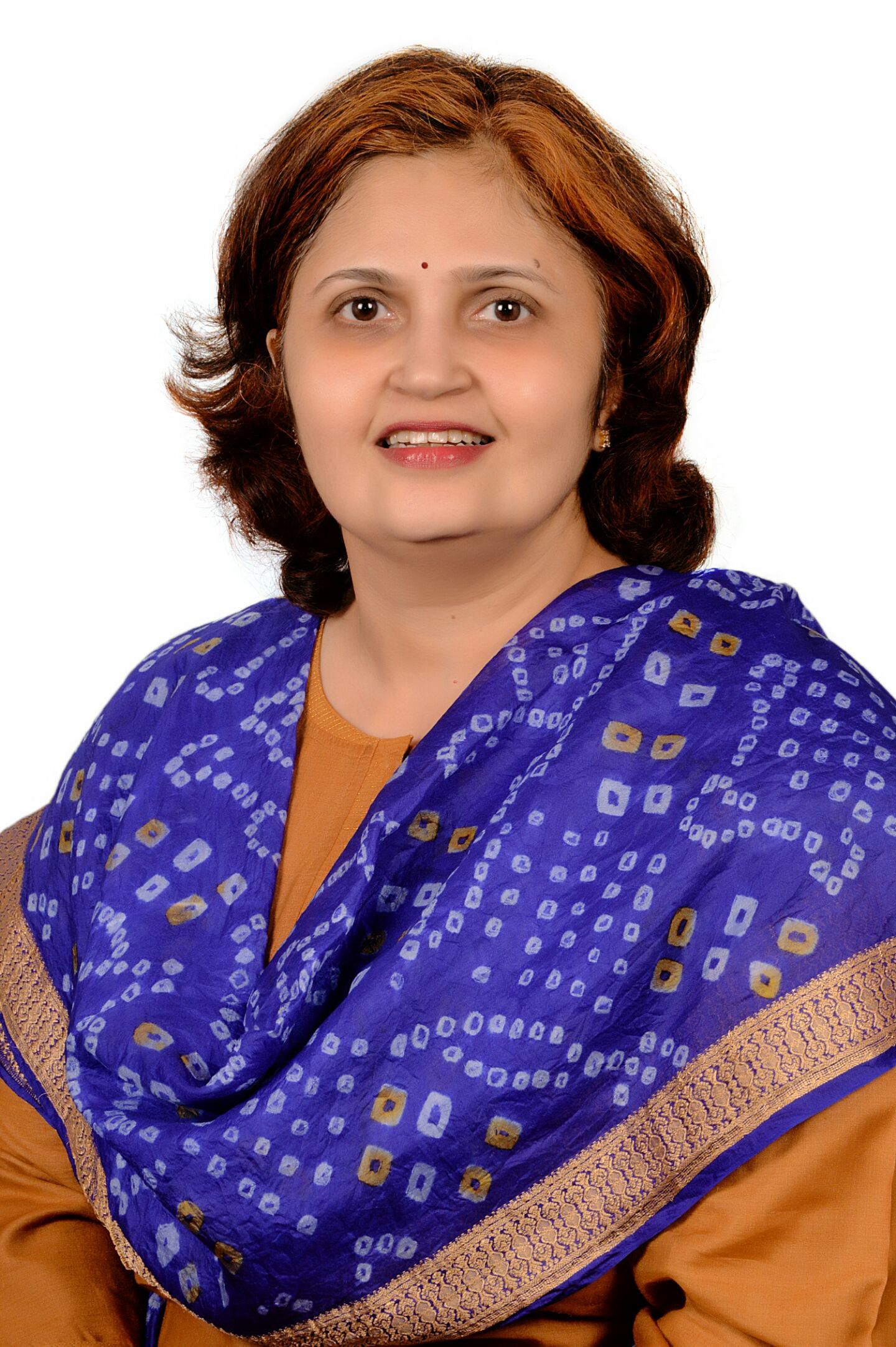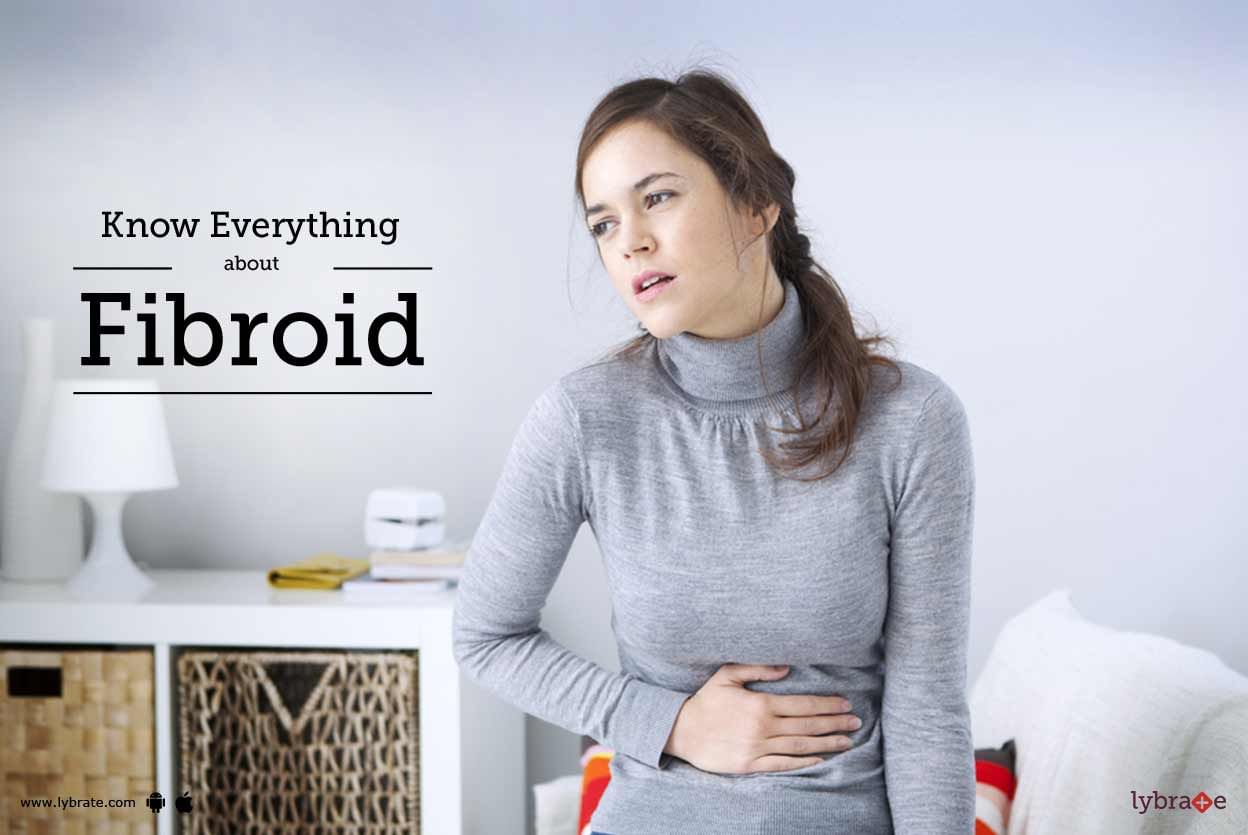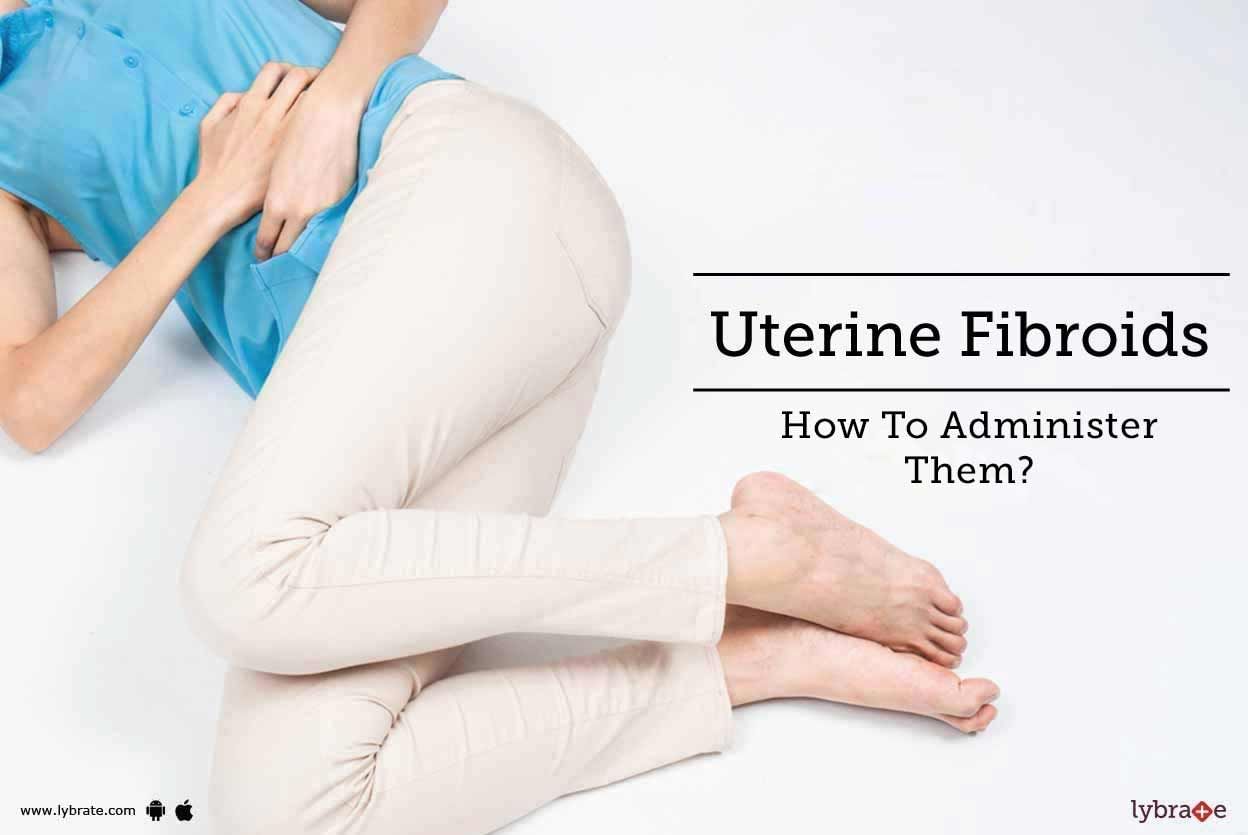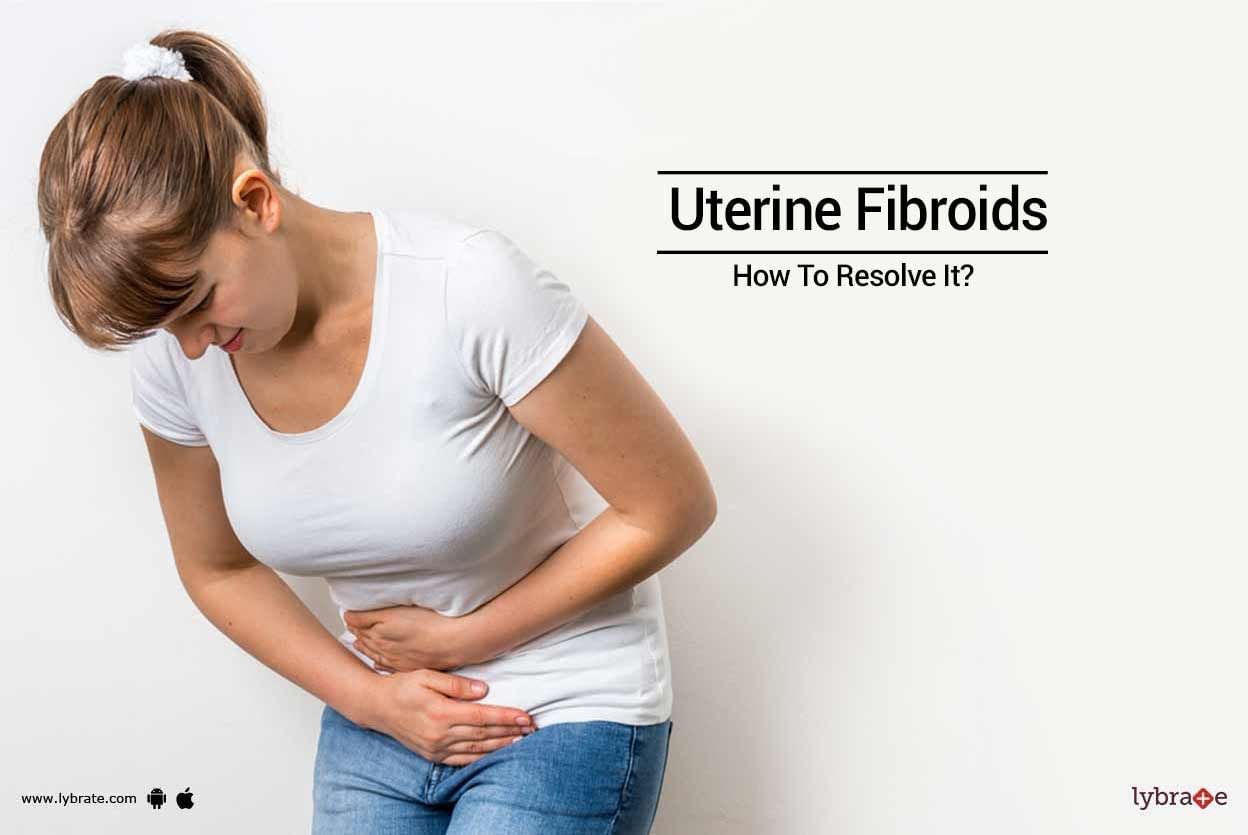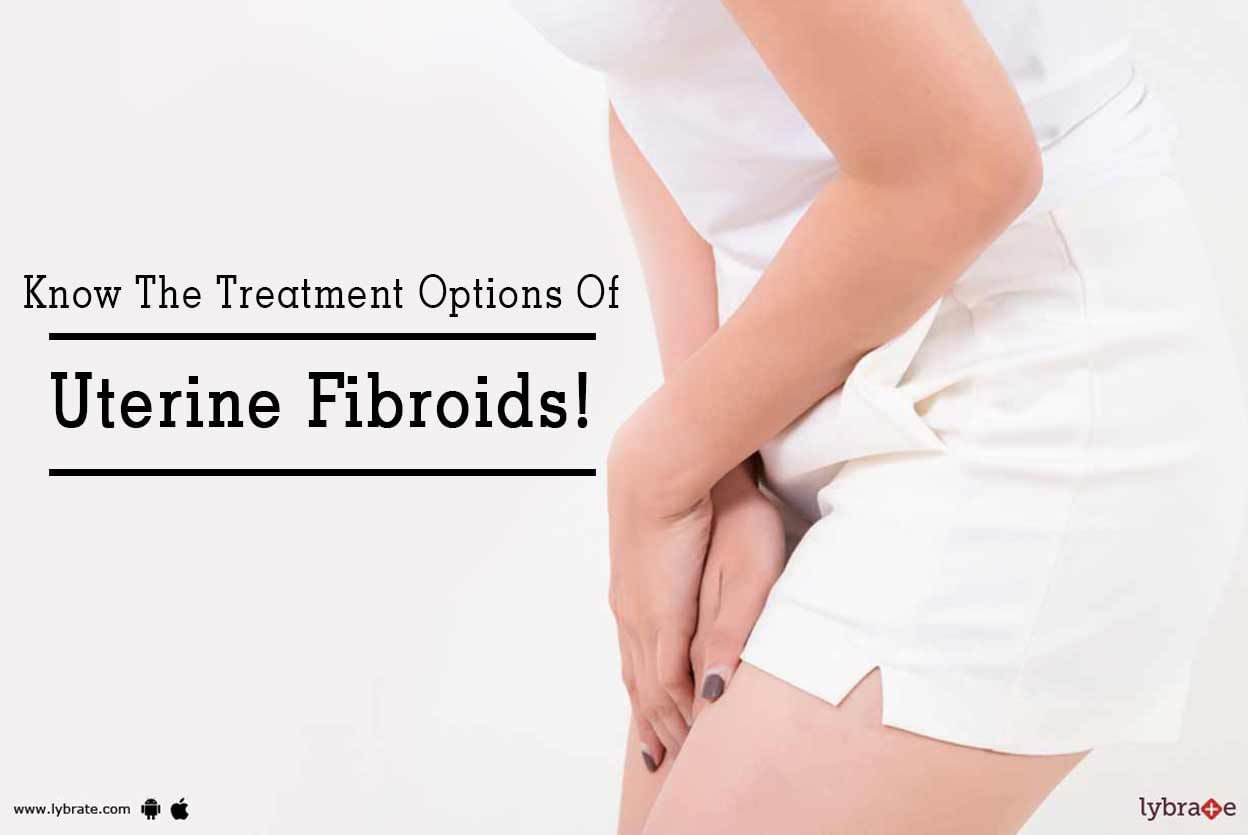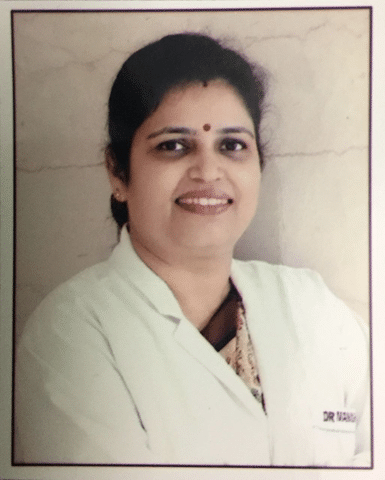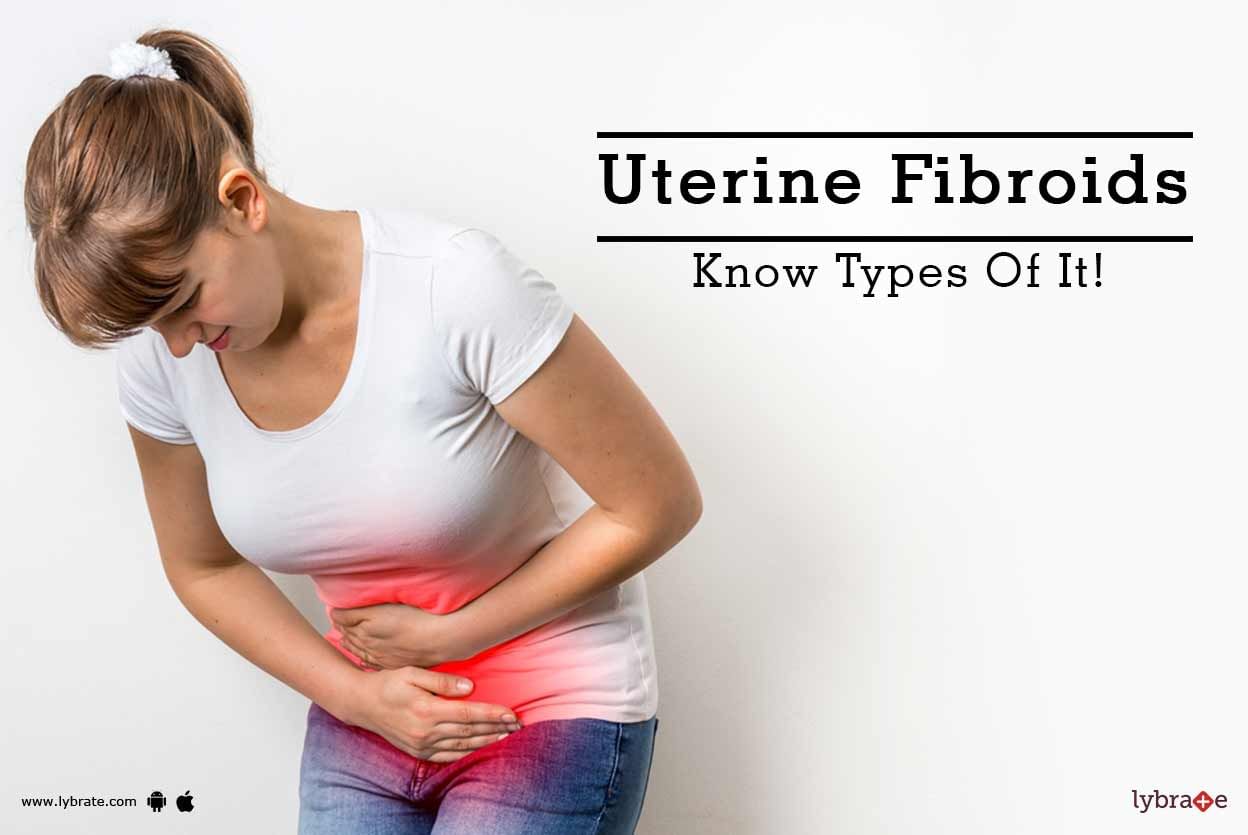Get the App
For Doctors
Login/Sign-up
About
Health Feed
Find Doctors
Health Packages
Uterine Fibroids Surgery Health Feed
Last Updated: 6 years ago• Featured Tip
Share
Bookmark
Report
Uterine fibroids are abnormal growth that manifests in the uterus of the woman. Hormones is the usual causes listed for such a growth. And usually seen in young women. Starts to shrink after menopause. The most common symptoms of the condition include heavy bleeding during the menstrual cycle, as well as severe pain during periods. This depends on location of the fibroid. They are not familial. Can occur in anyone. Uterine fibroids occur in 20-40% of reproductive-aged women. They grow in respons...more
Last Updated: 8 years ago• Featured Tip
Share
Bookmark
Report
Fibroids are the most frequently seen tumors of the female reproductive system. Fibroids, also known as uterine myomas, leiomyomas, or fibromas, are firm, compact tumors that are made of smooth muscle cells and fibrous connective tissue that develop in the uterus. It is estimated that between 20 to 50 percent of women of reproductive age have fibroids, although not all are diagnosed. Some estimates state that only about one-third of these fibroids are large enough to be detected by a doctor duri...more
Last Updated: 6 years ago• Featured Tip
Share
Bookmark
Report
Uterine fibroids, also known as leiomyoma or myoma, are benign growths on the uterus, occurring mostly during the years of childbearing. Few of the common symptoms of fibroids are leg pain or backache, constipation, difficulty in emptying the bladder, frequent urination, pain or pressure in the pelvic region, menstrual periods stretching over a week and excessive menstrual bleeding.
Causes:
Certain genetic changes of the uterus which are different from the ones normally present...more
Causes:
Certain genetic changes of the uterus which are different from the ones normally present...more
Last Updated: 6 years ago• Featured Tip
Share
Bookmark
Report
The uterine fibroids are one of the most common gynecologic problems, with over 40-50% of women having them at some point in their life. The number and size of the fibroids, the age of onset, associated symptoms like dysfunctional bleeding and pelvic pain will determine the management of fibroid. The following is a series of management measures, starting from the most conservative to the most invasive.
1. Wait and watch: In women who are asymptomatic, it is best to watch them for the d...more
1. Wait and watch: In women who are asymptomatic, it is best to watch them for the d...more
Last Updated: 8 years ago• Featured Tip
Share
Bookmark
Report
The uterine fibroids are one of the most common gynecologic problems, with over 40-50% of women having them at some point in their life. The number and size of the fibroids, the age of onset, associated symptoms like dysfunctional bleeding and pelvic pain will determine the management of fibroid. The following is a series of management measures, starting from the most conservative to the most invasive.
1. Wait and watch: In women who are asymptomatic, it is best to watch them for the d...more
1. Wait and watch: In women who are asymptomatic, it is best to watch them for the d...more
Health Query
Share
Bookmark
Report
Hello,
Treatment depends on multiple factors
like size of fibroids, menstrual cycle problem etc
connect with me online for detailed consultation and treatment of fibroids.
Treatment depends on multiple factors
like size of fibroids, menstrual cycle problem etc
connect with me online for detailed consultation and treatment of fibroids.
129 people found this helpful
Last Updated: 5 years ago• Featured Tip
Share
Bookmark
Report
Also referred to as myomas or leiomyomas, uterine fibroids are the most common form of uterine tumors. In a recent study, it was found that about 70 to 80 percent of women are likely to be affected by uterine fibroids by the age of 50. And the most vulnerable age of developing uterine fibroids is between the age of 40s and early 50s.
What are uterine fibroids?
Fibroids are harmless and noncancerous tumors even though sometimes, they can give way to a rare form of cancer known as ute...more
What are uterine fibroids?
Fibroids are harmless and noncancerous tumors even though sometimes, they can give way to a rare form of cancer known as ute...more
Last Updated: 6 years ago• Featured Tip
Share
Bookmark
Report
Uterine fibroids, also known as leiomyomata, are non-cancerous growths which develop in and around the uterus or the womb and form benign tumors in course of time. Though there are several types of uterine fibroids, they are all consistently similar in their genetic makeup. They are generally classified depending on their specific locations:
Myometrial or intramural fibroids
Submucosal fibroids
Subserosal fibroids
Pedunculated fibroids
Signs and symptoms
In most...more
Myometrial or intramural fibroids
Submucosal fibroids
Subserosal fibroids
Pedunculated fibroids
Signs and symptoms
In most...more
Last Updated: 7 years ago• Featured Tip
Share
Bookmark
Report
Uterine fibroids are referred to as benign, abnormal growths which tend to develop in the uterine walls of a woman. The size of such growths can range from a few centimeters to even excess of a few inches. As such, they can cause the uterus to increase to the size of a five month pregnancy. Although, the symptoms of fibroids are not always apparent, they often cause heavy bleeding and pain in women. A recent research concluded that around 60 to 75 percent women contract such fibroids by the age ...more
Last Updated: 6 years ago• Featured Tip
Share
Bookmark
Report
Uterine fibroids, also referred to as uterine myomas) are non-cancerous tumors that grow within the muscle tissue of the uterus. As many as 20% to 50% women between the age group of 18 to 40 suffer from the condition, but not all cases warrant treatment.
It may be as tiny as a coin or it may grow to the size of a watermelon, making people think the lady is 6/7 months pregnant! There may be one big fibroid or several small ones.
Causes:
Though the exact causes are not know...more
It may be as tiny as a coin or it may grow to the size of a watermelon, making people think the lady is 6/7 months pregnant! There may be one big fibroid or several small ones.
Causes:
Though the exact causes are not know...more
Book appointment with top doctors for Uterine Fibroids Surgery treatment
View fees, clinic timings and reviews
Ask a free question
Get FREE multiple opinions from Doctors
posted anonymously


